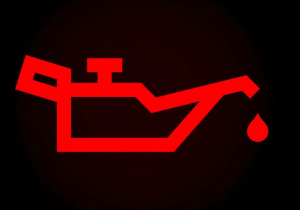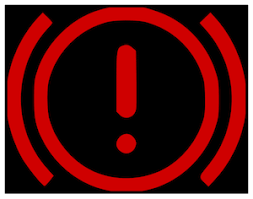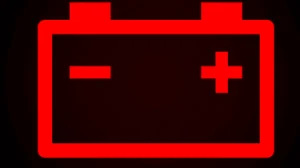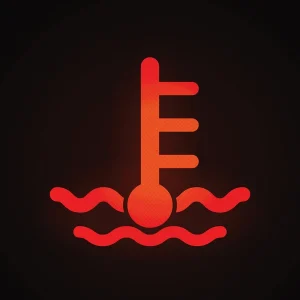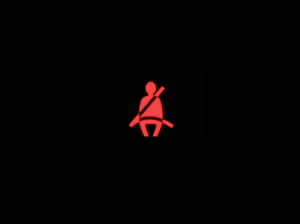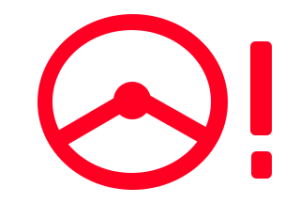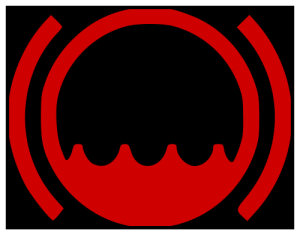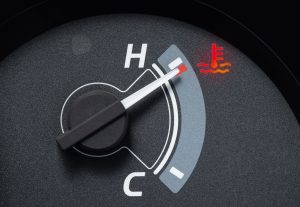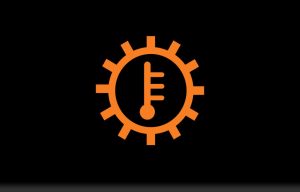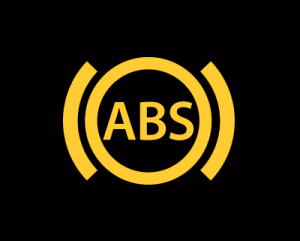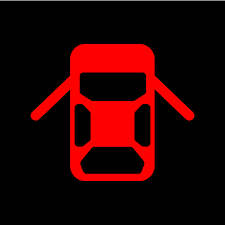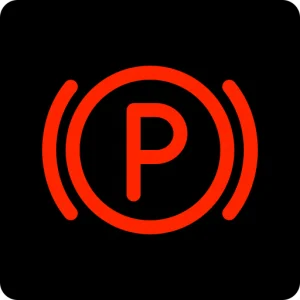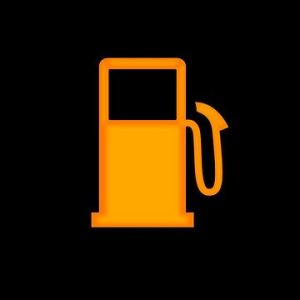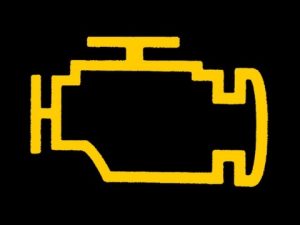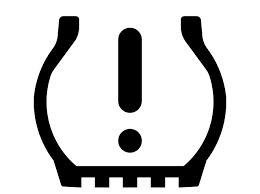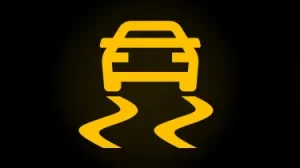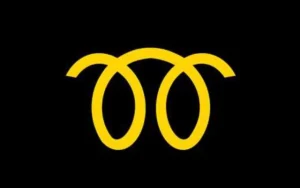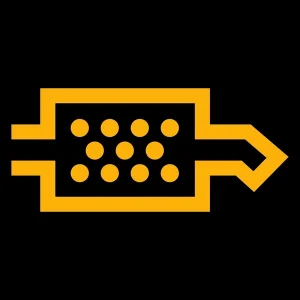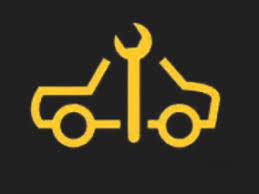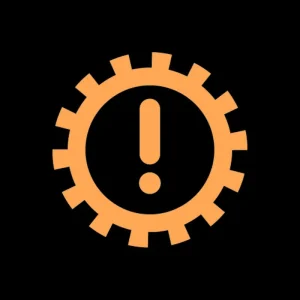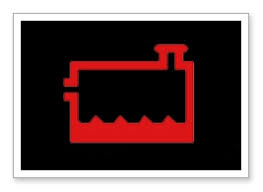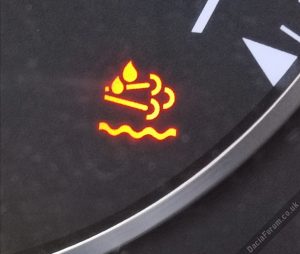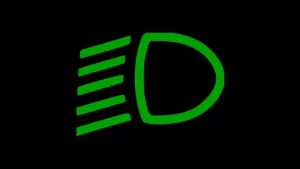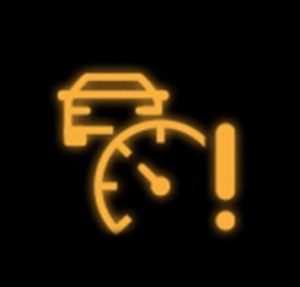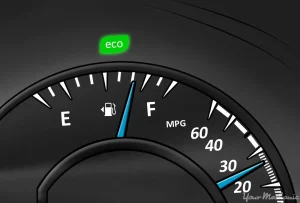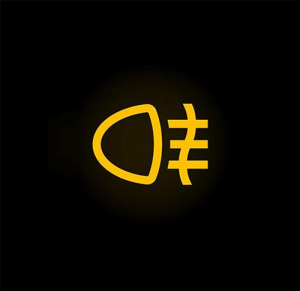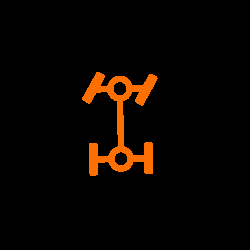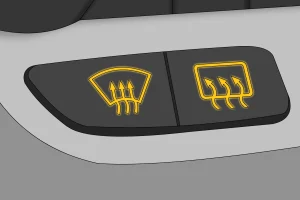Understanding dashboard warning lights in your Opel Movano is essential for safe driving and preventing costly repairs. These lights alert you to potential issues ranging from minor notifications to serious problems that could lead to breakdowns or accidents.
.By recognizing them promptly, you can take appropriate actions to maintain vehicle performance and ensure passenger safety.
Quick Navigation
Red Warning Lights (Stop Immediately)
Engine Oil Pressure
This light signals low oil pressure, which could cause engine damage from lack of lubrication. Possible causes include low oil level or a faulty pump. Stop the vehicle right away, check the oil level, and add oil if needed; do not drive until fixed.
Brake System Alert
It indicates a problem with the brakes, such as low fluid or a hydraulic issue. This could lead to reduced stopping power. Pull over safely, inspect brake fluid, and seek professional help immediately to avoid accidents.
Battery Charge Warning
This shows the battery isn’t charging properly, often due to a failing alternator or loose belt. The vehicle may lose power soon. Stop driving, turn off non-essential electrics, and have the charging system checked by a mechanic.
Coolant Temperature Alert
It warns of high engine temperature, possibly from low coolant or a radiator fault. Overheating can damage the engine. Stop immediately, let the engine cool, check coolant levels, and consult a service center.
Airbag System Fault
This light means there’s an issue with the airbags or seatbelt pretensioners, reducing protection in a crash. Causes include sensor failures. Stop and have the system inspected at a garage to ensure safety features work.
Seatbelt Reminder
It flashes if the driver or passengers aren’t buckled up, increasing injury risk in collisions. The cause is simply not fastening the belt. Stop and ensure everyone buckles up before continuing.
Power Steering Failure
This indicates a problem with the power steering system, making steering hard. Possible causes are low fluid or pump failure. Pull over safely and contact roadside assistance; avoid driving.
Low Brake Fluid
It signals insufficient brake fluid, which can impair braking. Leaks or worn pads might be the cause. Stop the vehicle, check for leaks, top up fluid if safe, and visit a mechanic urgently.
Engine Overheat
This alerts to excessive engine heat, often from cooling system failures like a broken thermostat. Stop immediately to prevent engine seizure, allow cooling, and seek professional repair.
Transmission Overheat
It warns of high transmission temperature in automatic models, possibly from heavy loads or low fluid. Pull over, let it cool, check fluid levels, and avoid driving until resolved.
ABS System Fault
This red version means the anti-lock braking system is malfunctioning, risking wheel lockup. Causes include sensor issues. Stop and have it serviced to restore safe braking.
Door Ajar Warning
It shows a door, hood, or tailgate isn’t fully closed, which could be unsafe at speed. Stop, check all closures, and secure them before proceeding.
Parking Brake Engaged
This reminds you the parking brake is on while driving, causing drag and wear. Release the brake immediately and ensure it’s off before moving.
Low Fuel Level
It indicates critically low fuel, risking the vehicle stalling. Refuel at the nearest station without delay to avoid being stranded.
AdBlue Level Critical
For diesel models, this signals very low AdBlue fluid, which could stop the engine soon to meet emissions rules. Stop and refill AdBlue immediately.
Yellow/Amber Warning Lights (Action Required Soon)
Check Engine Light
This alerts to an engine or emissions issue, like a faulty sensor or misfire. It won’t cause immediate stop but needs attention. Schedule a diagnostic scan at a service center soon.
Tyre Pressure Monitoring
This indicates low pressure in one or more tires, affecting handling and fuel efficiency. Check and inflate tires to recommended levels soon; inspect for damage.
ESP Stability Control
It warns that the electronic stability program is off or faulty, reducing traction control. Turn it back on if possible and visit a garage for repairs.
Glow Plug Indicator
For diesels, this shows the glow plugs are heating; it should go off after starting. If it stays on, there might be a fault—have the system checked soon.
DPF Filter Warning
This signals the diesel particulate filter is clogged, needing regeneration. Drive at higher speeds if safe, or take to a service center for cleaning.
Low Fuel Warning
It means fuel is low but not critical yet. Plan to refuel soon to avoid running out.
Service Reminder
This indicates routine maintenance is due, like an oil change. Schedule a service appointment promptly to keep the vehicle in good condition.
Transmission Issue
It points to a problem in the gearbox, such as slipping or sensor errors. Avoid heavy use and get it inspected soon.
Battery Low Charge
This suggests the battery is weakening, possibly from age or drain. Test and replace if needed at a garage.
Coolant Level Low
It warns of insufficient coolant, risking overheating later. Top up coolant and check for leaks soon.
Brake Pad Wear
This alerts that brake pads are thin and need replacement. Inspect and replace pads to maintain braking performance.
AdBlue Low
For diesels, this means AdBlue fluid is running low. Refill soon to prevent engine restrictions.
Green Indicator Lights (Information Only)
High Beam On
This shows the high beam headlights are active, for better night visibility. No action needed; switch to low beam when oncoming traffic appears.
Low Beam On
It indicates the dipped headlights are in use. It’s just informational; ensure they’re on in low light.
Turn Signal Left
This flashes when the left indicator is on, signaling a turn. It turns off automatically after the maneuver.
Turn Signal Right
Similar to left, it flashes for right turns. No action required beyond safe driving.
Cruise Control Active
This confirms cruise control is set, maintaining speed. Adjust or deactivate as needed via controls.
Eco Mode Engaged
It shows the fuel-saving eco mode is on, optimizing efficiency. Toggle off if more power is required.
Front Fog Lights On
This indicates front fog lamps are active for poor visibility. Turn off when conditions improve.
Rear Fog Lights On
Similar to front, for rear fog lamps. Use only in heavy fog and switch off otherwise.
Parking Lights On
This means sidelights are active, for visibility when parked. No immediate action.
Hazard Lights On
It flashes when hazards are activated, warning other drivers. Turn off when the situation is resolved.
4WD Engaged
For models with it, this shows four-wheel drive is active. Disengage when not needed for better fuel use.
Gear Shift Indicator
This suggests the optimal gear for efficiency. Shift as recommended to save fuel.
Seat Heater On
It indicates the seat warmers are active. Adjust temperature or turn off as preferred.
Windshield Defrost On
This shows the defroster is working to clear the windshield. It provides info; turn off when clear.
Automatic Wipers Active
It confirms rain-sensing wipers are on and adjusting automatically. No action needed unless overriding.
When looking at Opel, make sure to check out our guides on models like the Opel Adam, Opel Vivaro, Opel Combo, and Opel Antara. Understanding dashboard warning lights is essential. Our expert reviews break down what each light means, highlighting common alerts for these models and what they could signal about underlying issues, so you’re never left guessing behind the wheel.

